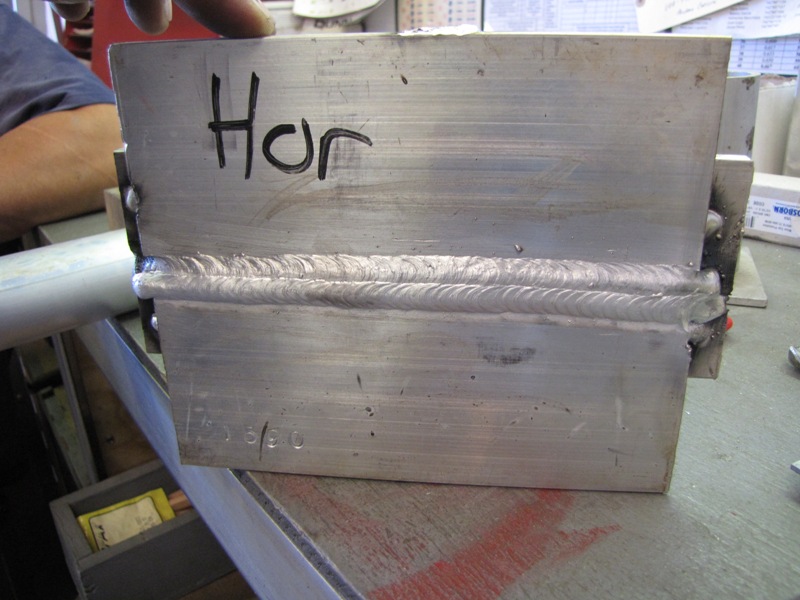
Hi Curt!
I would test him again because of the fact that he did not perform the weld test properly by rotating the test joint especially if this clown has some experience under his belt...
I cannot even begin to count how many times some of my students would try to do this thinking that they could get away with it, because of the fact that I couldn't be by every booth/work station - every single minute they were taking the test!!! :) :) :)
Every time they left obvious evidence that showed they moved the test plate and in my mind, once that test plate has been moved, it means one thing and one thing only!
The student, or welder who was trying to qualify would have to retest - PERIOD!!! No need to over analyze this situation because it's clear that the plate was moved and to me and hopefully many others who have tested welders that doing this is an automatic FAIL!!! :) ;) ;)
Curt, give him another test, unless your hiring this guy, because then I would tell him this: "You've got one chance to set the record straight - CAPECHE??? Now, did you, or did you not move the test plate during the test while welding???" If he says no and denies it vehemently, then send him down the road - PERIOD!!!
But if he admits it, then explain to him how you figured it was moved and then say to him this: "Okay wise a$$, I'll give you one more chance, and this time I'll be watching you - like a hawk!!! And if you don't agree, then pick up your gear and head the heck out of here, because we don't need people in here that aren't trustworthy - CAPECHE???"
That's my suggestion FWIW Bro! ;)
Respectfully,
Henry

